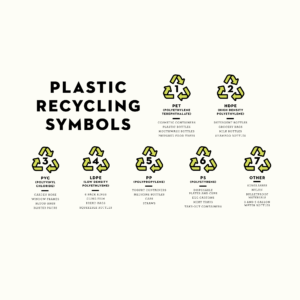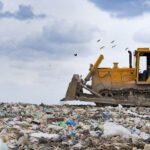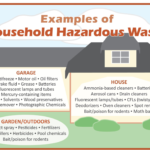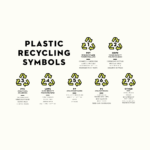How To Tell If Plastic Is Recyclable
Identifying whether plastic is recyclable often involves looking for the resin identification code (RIC), which is typically a number inside a triangle of chasing arrows. This code is usually found on the bottom of the plastic item and can help you determine if the item is recyclable in your local area. Here’s what each number means:
#1 PET or PETE (Polyethylene Terephthalate): This is typically found in products like water bottles and food containers. It is widely accepted in most recycling programs.
#2 HDPE (High-Density Polyethylene): This plastic is often used in milk jugs, laundry detergent bottles, and shampoo bottles. It’s also widely accepted in most recycling programs.
#3 PVC (Polyvinyl Chloride): PVC is less common in consumer packaging and more often used in pipes, toys, and other durable items. It’s generally not accepted in curbside recycling programs.
#4 LDPE (Low-Density Polyethylene): LDPE is commonly found in grocery bags, plastic wrap, and bubble wrap. It’s not usually accepted in curbside recycling programs but can be taken to certain grocery stores for recycling.
#5 PP (Polypropylene): This plastic is typically found in yogurt containers, bottle caps, and straws. While not as universally accepted as #1 and #2, many recycling programs do accept #5 plastics.
#6 PS (Polystyrene): Also known as Styrofoam, PS is often used in disposable cutlery, cups, and food service trays. Due to its low recyclability rate, it’s not usually accepted in curbside recycling programs.
#7 Other: This category includes any plastics that do not fit into the #1-#6 categories, including polycarbonate (PC) and bioplastics. Most recycling programs do not accept these.
Remember that recyclability can vary by region and municipality, so it’s always best to check with your local waste management facility or recycling service to find out what types of plastic they accept. Additionally, just because an item is made of recyclable plastic doesn’t mean it’s accepted everywhere – the shape, size, and color can also affect its recyclability.





